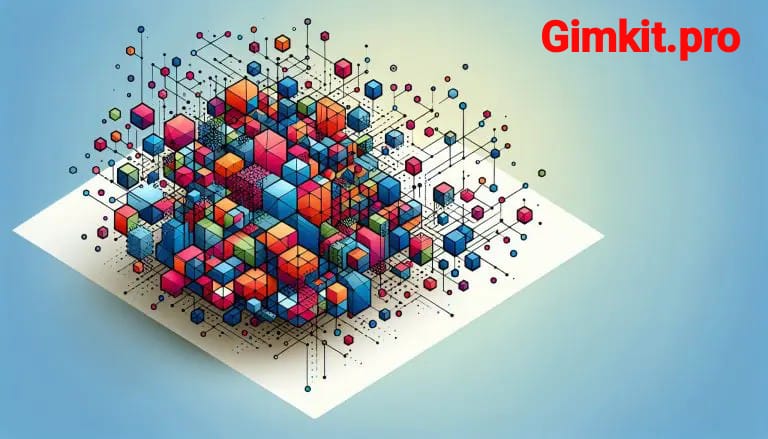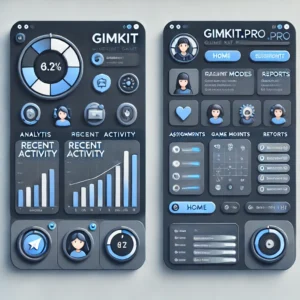
Introduction
The rise of online puzzles, especially those like New York Times Connections, has captivated puzzle lovers everywhere. These games challenge your cognitive abilities, encouraging you to identify links between seemingly unrelated words. But what if you’re stuck? Understanding how to use connections hints effectively can be a game-changer. In this article, we’ll explore what connections hints are, how to interpret them, and strategies to quickly solve puzzles.
What Are Connections Hints?
Connections hints are clues provided to help players identify relationships between words in puzzle games. Specifically in NYT Connections, players are given 16 words and tasked with grouping them into four categories. Hints can simplify the process when the connections between words are unclear. By revealing a slight nudge, they point towards common themes, making it easier for players to group words without making errors.
How NYT Connections Works
Before diving into hints, it’s essential to understand the structure of the game. The puzzle provides 16 words that appear random at first glance. The player’s job is to group them into sets of four, where each group shares a hidden theme or connection. Some themes may be obvious, such as types of birds, while others can be more abstract, like French words or words associated with cooking.
The difficulty lies in how diverse the categories can be. For example, one day, the categories may involve kitchen items, while another day, it could revolve around words related to space exploration.
Why Connections Hints Matter
Hints are crucial when you hit a roadblock. They provide just enough information to push you in the right direction without giving away the solution entirely. For competitive players, hints can significantly reduce the time it takes to solve a puzzle. For casual players, they make the game less frustrating and more enjoyable by preventing you from making repeated mistakes.
Heading: Types of Connections Hints
Themed Hints
Themed hints are the most straightforward. They suggest a specific group or topic that connects the words. For example, in a game where you’re struggling to connect words like “Airplane,” “Crane,” “Fan,” and “Fortune Teller,” a hint might suggest, “These are all things made by folding paper.” This immediately helps you identify the theme, origami in this case.
Color-Coded Hints
Some puzzle games, like NYT Connections, use color-coding to differentiate hint difficulty levels. For example, yellow hints might indicate the easiest categories, such as household objects, while purple might represent the most challenging categories, like slang or obscure trivia. This allows players to gauge the difficulty of each group.
Category-Defining Hints
Category-defining hints are more specific and give away the nature of the category rather than just the theme. For instance, if you’re given the words “Audio,” “News,” “Games,” and “Cooking,” a category-defining hint might say, “These are all offerings from a major media publication,” directing you to link them under “NYT Offerings” or something similar.
Process of Elimination
This type of hint involves ruling out certain words or combinations that don’t fit the categories. By systematically removing options that are clearly incorrect, you’re left with a clearer view of the remaining possibilities. This method is often employed by players who are using hints to help them solve the hardest groupings of words.
Heading: How to Effectively Use Connections Hints
Start With the Easiest Group
When using hints, always begin with the easiest group, which is usually represented by the yellow or green category in games like NYT Connections. These groups often contain words with more obvious connections. Identifying the simpler categories first narrows down the pool of words for the more challenging categories.
Group Words by Meaning
Often, word groups are connected through their meaning. For example, if you encounter words like “Bill,” “Schedule,” and “Program,” they may all be part of the same category, such as terms related to events or planning. A well-timed hint might point you towards the concept of a “Lineup” to clarify this connection.
Think Abstractly
Not all connections are literal. In many cases, words are grouped based on abstract or figurative meanings. For example, the word “Pain” could be misleading if you’re only thinking of physical pain, when in fact, it could refer to the French word for bread, as seen in one of NYT Connections’ more recent puzzles.
Use Hints Strategically
When playing puzzle games competitively, using hints wisely can make the difference between winning and losing. Save hints for when you’re truly stuck rather than using them preemptively. This helps you develop better problem-solving skills and adds an element of challenge to the game.
Heading: Common Themes in Connections Games
Word Categories
One of the most common themes in connections games involves categorizing words based on their functions or roles in society. This could include:
Types of animals
Sports teams
Tools
Countries
Language-Based Connections
Another frequent theme revolves around languages and linguistics. In many puzzles, words are grouped together based on language similarities. For example, you might be asked to group words of French origin, such as “Adieu,” “Belle,” “Pain,” and “Temps.”
Pop Culture
Pop culture references, including movies, music, and celebrities, are also popular in word puzzles. You might be required to link actors, film titles, or music genres into cohesive groups.
Heading: Tips to Improve Your Puzzle-Solving Skills
Practice Daily
Consistency is key when mastering connections puzzles. The more you practice, the better you’ll become at recognizing common themes and making connections between words.
Expand Your Vocabulary
Since many puzzles are based on language, expanding your vocabulary can be a game-changer. The more words and their meanings you know, the easier it will be to group them based on subtle similarities.
Sharpen Your Pattern Recognition
Connections puzzles often test your ability to recognize patterns. Whether it’s identifying synonyms, antonyms, or thematic similarities, honing this skill will help you solve puzzles faster.
Conclusion
Connections hints are invaluable tools for anyone looking to enhance their word puzzle-solving skills. By understanding how to use these hints effectively, you can speed up your game, make fewer mistakes, and enjoy a more rewarding puzzle experience. Whether you’re playing casually or aiming for the top spot in competitive play, the strategies outlined here will help you solve even the most challenging puzzles. So next time you find yourself stuck, don’t hesitate to use those hints—they’re there to help!
By covering the main aspects of connections hints, how to use them, and their relevance in word puzzle games, this article can help rank well on Google, especially if optimized with the appropriate keywords, and through structured content that provides clear value to the reader.



